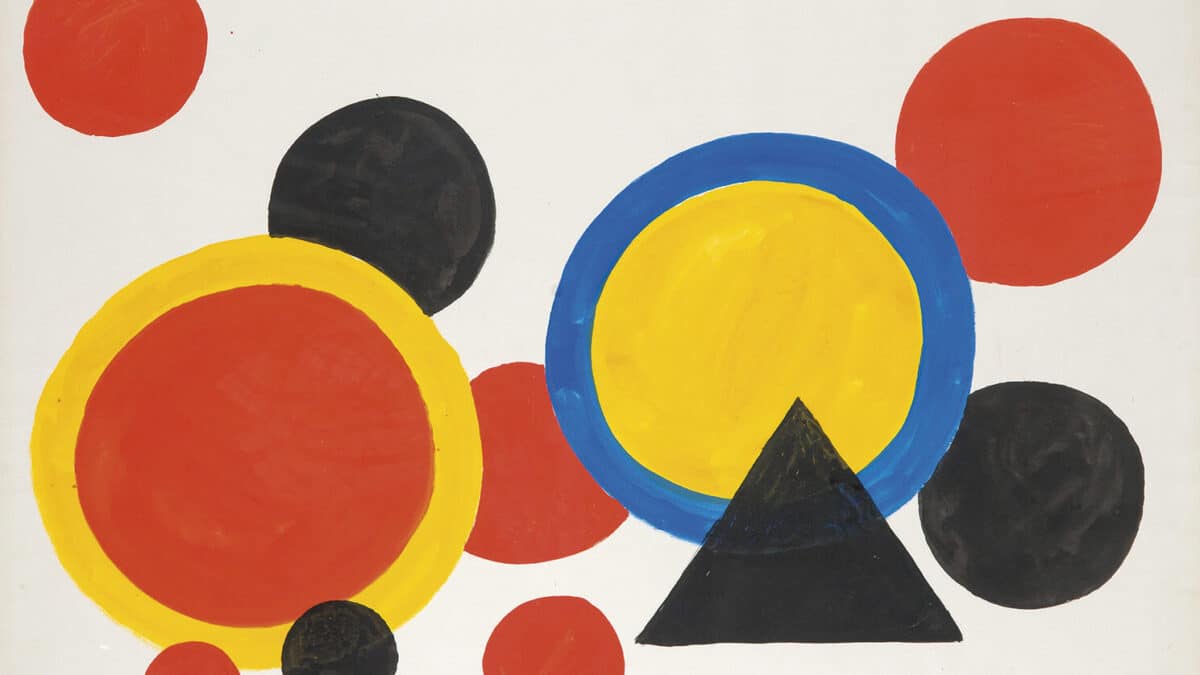American sculptor, Alexander Calder, is responsible for many fantastic works, but perhaps the most fantastic even for people who aren’t huge fans of art is his creation of the mobile. His fantastic artistic skills are responsible for millions of soothed babies all around the world. However, he also left a big impression on the art world, with many of his works being valued over $40,000 at auction appraisals in Fort Lauderdale and other parts of the world. Here is a brief overview of what made Alexander Calder and his work so significant.
The Family Passion
Calder was born in Pennsylvania in 1898 to a family who had a long line of sculptors, including Calder’s grandfather who is responsible for creating the William Penn statue on top of Philadelphia City Hall. Calder showed very early signs of interest in following his family’s artistic legacy and could be seen crafting jewelry, game boards, and other items from spare parts that he could find.
After originally pursuing an education and career in mechanical engineering, Calder began taking art classes and found his true calling as an artist. He then moved to Paris in 1926 to further pursue his career in the art world.
It was in Paris that Calder first started designing and making his pieces for his famous Cirque Calder. This world-renowned creation was a miniature display of moving statues and figurines going through circus acts. On the success of this work, Calder toured all across the world from 1926-31 displaying it at large exhibitions.
In 1931, Calder put his first abstract wire work on display and created his revolutionary mechanical sculptures later called “mobiles”. These sculptures were the first of their kind and relied on the movement of air instead of motors.
Bigger and Better
Calder spent much of his time split between North America and Europe until 1939 when he moved to Connecticut and spent much of his remaining life working in the United States. In that same year, Calder was commissioned to create his famous “Lobster Trap and Fish Tail” mobile for the Museum of Modern Art. From the 1950s up until his death in 1976, Calder created several massive public sculptures that have since awed millions of people.
Signature Style
Calder is commonly known for his groundbreaking work in the development of kinetic art, and his insertion of humor into many of his pieces. Although his sculptures are what initially brought him into the public eye, Calder also created many other forms of art throughout his career. His line of jewelry and paintings have also been viewed as some of his most prized works, with his paintings often featuring a very bright color palette.


